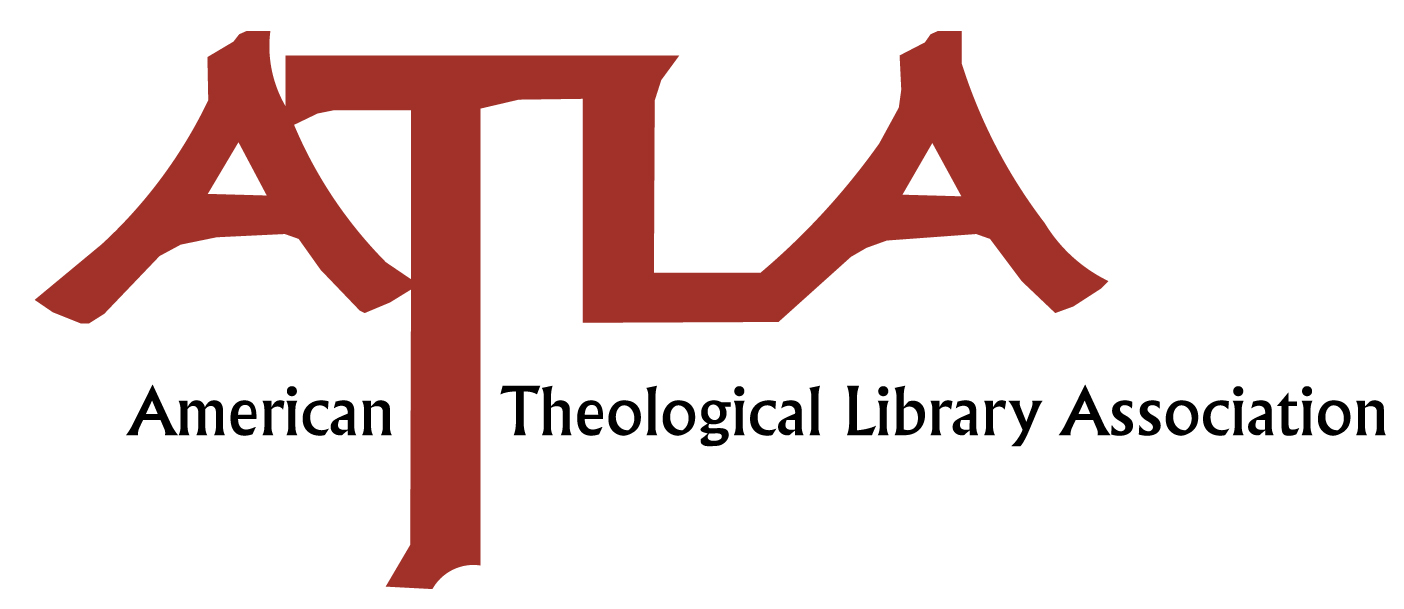La distinzione tra lo scisma e l’eresia maturata durante la polemica donatista
Abstract
Sommario: I. Introduzione - II. Le testimonianze cristiane più antiche - III. La svolta di Ottato - IV. Conclusione.
Nel II secolo partiti e divisioni si moltiplicavano nella Chiesa, ma la differenza tra i termini “scisma” ed “eresia” non era ancora chiara. D’altra parte, non solo le dichiarazioni degli autori ecclesiastici, ma anche l’autorità della Bibbia mostrava la possibilità che un’eresia si trasformasse in uno scisma o viceversa. Solamente negli scritti cristiani del IV secolo, e in particolare nella letteratura antidonatista, ci fu un’evidente differenziazione tra lo “scisma” e l’“eresia”. Infatti in quel contesto Ottato e Agostino asserirono chiaramente che un’eresia comporta una divergenza su questioni di fede e uno scisma comporta una divergenza nella disciplina.
In the second century parties and splits in the Church multiplied, but the difference between the terms “schism” and “heresy” was not yet clear. On the other hand, not only the declarations of ecclesiastical authors, but also the fiat of Bible showed the possibility of heresy becoming schism or vice versa. Just in the Christian writings of the fourth century, and in particular in the antidonatist literature, there was a evident differentiation between the “schism” and the “heresy”. In fact in that framework Optatus and Augustine asserted clearly that a heresy involves a split in matters of faith, and a schism involves a disparity in discipline.







